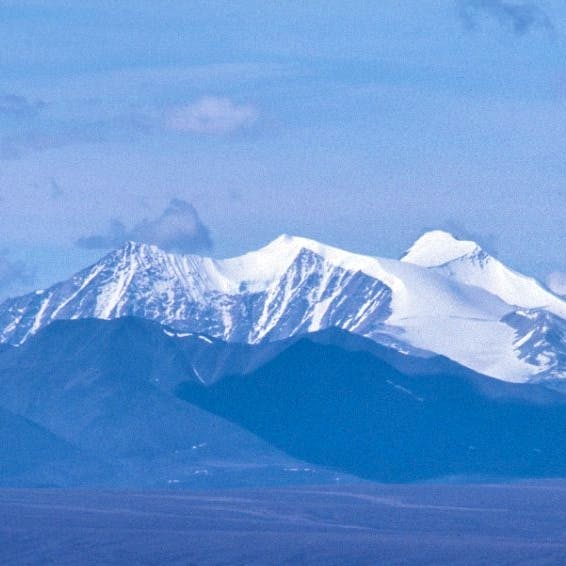JUNEAU, AK (Jan. 6, 2017) – The National Marine Fisheries Service (NMFS) released its final recovery plan for the Cook Inlet beluga whale (Delphinapterus leucas) on Jan. 4, 2017.
Karla Dutton, Alaska program director for Defenders of Wildlife, issued the following statement:
“To this day, we still don’t know the main reason for the Cook Inlet beluga whale’s continued decline. This recovery plan recognizes that uncertainty and instead assesses ten potential threats to these whales. Threats addressed in the plan should be viewed as questions that we need to answer, including what are the impacts to Cook Inlet beluga hearing from ocean noise, how will the loss of whales due to future mass strandings affect the remaining population and what can we do to prevent or address possible loss of or changes to their habitat? We also need to continue to monitor impacts from orca predation, stay vigilant to reduce impacts from oil spills, and other human interactions and most importantly answer the question of what happens when these whales experience a combinations of multiple threats also referred to as cumulative impacts?
“To reverse Cook Inlet beluga whale population decline – we will need timely and appropriate levels of funding to recover this iconic species. I encourage those working with this plan in the future to remain focused on updating and adapting this plan as new scientific findings come to light."
Background
A Plan for Recovery
Defenders served on the NMFS Cook Inlet Beluga Whale Recovery team, helping to create the draft version of this recovery plan completed in 2013. The final plan outlines what criteria must be met to change the status of Cook Inlet beluga whales from endangered to threatened, with an ultimate goal of delisting the whale once it is recovered. Defenders is pleased that the National Marine Fisheries Service emphasizes that this document is dynamic, meaning that details of the recovery efforts can and should be changed based on new research and information.
While Cook Inlet beluga whales share certain characteristics with other beluga whales, their genes vary. The have been separated from other beluga whales for approximately the last 10,000 years forming a distinct group now found during ice free times of the year in the upper most part of Cook Inlet near Anchorage, Alaska. They've developed smaller eyes and better hearing to be able to navigate the turbid glacial silt filled waters of Cook Inlet.
The number of these belugas is still declining. The National Oceanic and Atmospheric Administration (NOAA) Fisheries division estimated just 340 individuals left in 2014. A new population estimate from 2016 surveys is expected to be released in the coming month.
Already on the Ground
Defenders of Wildlife has been fighting for Cook Inlet beluga whales for years. We – along with a team of conservation groups, scientists and citizens – pushed to get the Cook Inlet Beluga whale listed as an endangered species in 2007. But we didn’t stop there; we pushed for designation of 3,013 square miles of critical habitat in April 2011.
Defenders of Wildlife funded the NMFS Alaska Region’s Cook Inlet Beluga Scientific Sightings database’s data template and the Best Practices and Definitions booklet in May, 2015. This standardized data template is a critical tool to house data in one format to make more data usable across larger numbers of research studies which will improve our overall understanding of Cook Inlet beluga population, health and life history dynamics to help us recover the whale. For more information, go to http://portal.aoos.org/cibw.php.
Defenders of Wildlife with lead organization Friends of the Anchorage Coastal Wildlife Refuge, helped fund and launch the Anchorage Coastal Beluga Survey in 2008. This program trained citizen scientists to collect land-based observation on whale populations for the National Marine Fisheries Service (NMFS) to help engage the public while adding to our understanding and knowledge of this species.
###
Defenders of Wildlife is dedicated to the protection of all native animals and plants in their natural communities. With more than 1.2 million members and activists, Defenders of Wildlife is a leading advocate for innovative solutions to safeguard our wildlife heritage for generations to come. For more information, visit www.defenders.org and follow us on Twitter @DefendersNews.
For over 75 years, Defenders of Wildlife has remained dedicated to protecting all native animals and plants in their natural communities. With a nationwide network of nearly 2.1 million members and activists, Defenders of Wildlife is a leading advocate for innovative solutions to safeguard our wildlife for generations to come. To learn more, please visit https://defenders.org/newsroom or follow us on X @Defenders.
News

Defenders Slams Trump Interior Pick Burgum

